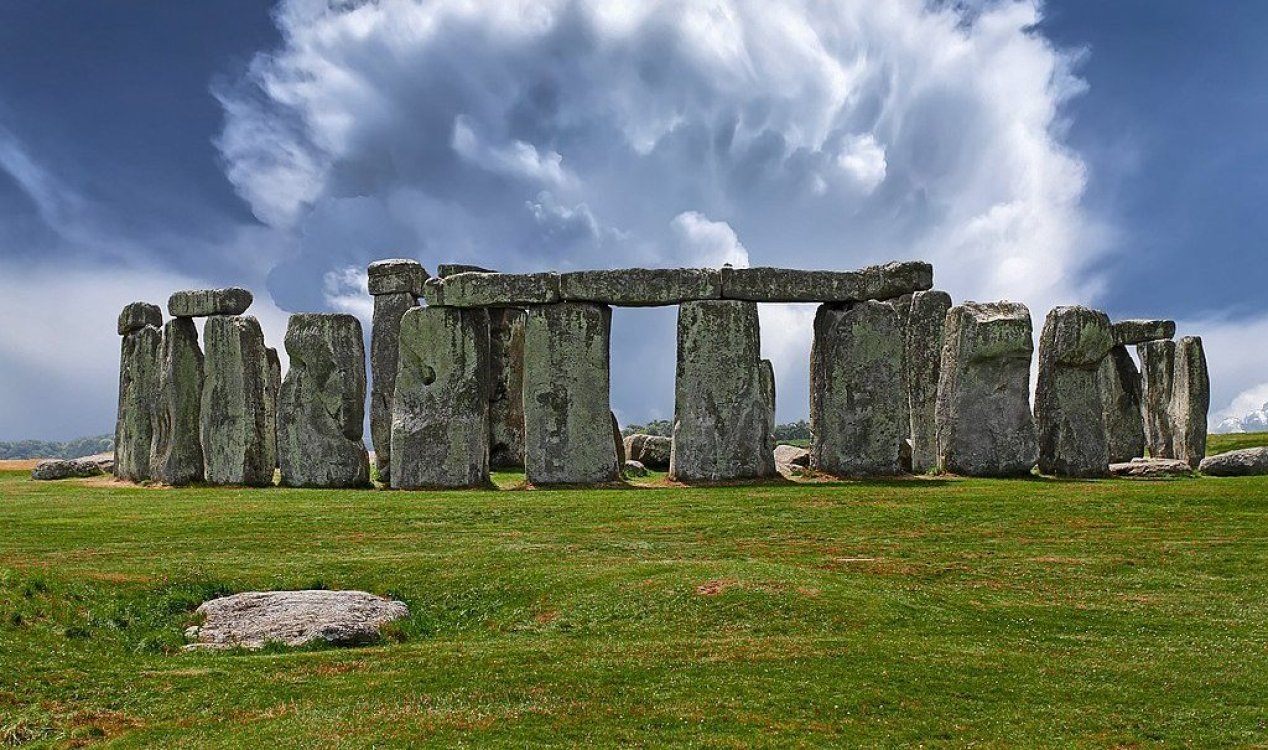Archaeology & History
August 15, 2024 · 25 comments
25 comments

Stonehenge's origins are more complicated than we thought. Image Credit: PD - Erwin Bosman
Now a "jaw-dropping" new study has turned what we know about the structure's origins on its head while demonstrating that there is still a great deal about Stonehenge that we don't yet understand.
The study concerns the largest bluestone - a huge piece of rock that did not originate from the immediate vicinity but was thought to have been taken from a site around 125 miles away in Wales.
Exactly how and why the ancient builders of Stonehenge managed to move this enormous stone over such a long distance with only primitive tools has long remained a topic of debate.
Now, though, this mystery has deepened even further still with the revelation that the bluestone didn't actually come from Wales at all, it came from Scotland - over 450 miles away.
This means that it had to be moved almost four times as far as previously thought.
It also suggests that people across the British Isles must have co-operated to make this happen.
"[This] doesn't just alter what we think about Stonehenge, it alters what we think about the whole of the late Neolithic," said Rob Ixer of University College London.
"It completely rewrites the relationships between the Neolithic populations of the whole of the British Isles. The science is beautiful and it's remarkable, and it's going to be discussed for decades to come."
Source: The Guardian | Comments (25)
Major discovery upends what we know of Stonehenge's origins
By T.K. RandallAugust 15, 2024 ·
 25 comments
25 comments
Stonehenge's origins are more complicated than we thought. Image Credit: PD - Erwin Bosman
One of the Neolithic monument's most iconic stones came from much further afield than previously thought.
Sitting isolated among the green fields of the Wiltshire countryside, Stonehenge - which dates back many thousands of years, remains one of the world's most enduring and intriguing monuments.Now a "jaw-dropping" new study has turned what we know about the structure's origins on its head while demonstrating that there is still a great deal about Stonehenge that we don't yet understand.
The study concerns the largest bluestone - a huge piece of rock that did not originate from the immediate vicinity but was thought to have been taken from a site around 125 miles away in Wales.
Exactly how and why the ancient builders of Stonehenge managed to move this enormous stone over such a long distance with only primitive tools has long remained a topic of debate.
This means that it had to be moved almost four times as far as previously thought.
It also suggests that people across the British Isles must have co-operated to make this happen.
"[This] doesn't just alter what we think about Stonehenge, it alters what we think about the whole of the late Neolithic," said Rob Ixer of University College London.
"It completely rewrites the relationships between the Neolithic populations of the whole of the British Isles. The science is beautiful and it's remarkable, and it's going to be discussed for decades to come."
Source: The Guardian | Comments (25)

The Unexplained Mysteries
Book of Weird News
AVAILABLE NOW
Take a walk on the weird side with this compilation of some of the weirdest stories ever to grace the pages of a newspaper.
Click here to learn more

Support us on Patreon
BONUS CONTENTFor less than the cost of a cup of coffee, you can gain access to a wide range of exclusive perks including our popular 'Lost Ghost Stories' series.
Click here to learn more
United States and the Americas
Ancient Mysteries and Alternative History
Extraterrestrial Life and The UFO Phenomenon
Russia and the War in Ukraine
Total Posts: 7,746,722 Topics: 323,661 Members: 203,467
Not a member yet ? Click here to join - registration is free and only takes a moment!
Not a member yet ? Click here to join - registration is free and only takes a moment!


































Please Login or Register to post a comment.